Social Media

social media
More Posts from Allisonkitten and Others

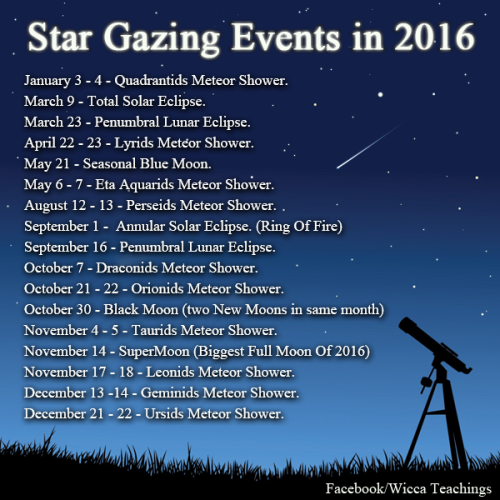
Worlds That Will Make You Believe Star Wars is Real
The fantastical planets in Star Wars preceded our discovery of real planets outside our solar system…but fiction isn’t too far from the facts. When we send our spacecraft into the solar system and point our telescopes beyond, we often see things that seem taken right out of the Star Wars universe.
Is there a more perfect time than May the 4th to compare real worlds to the ones depicted in Star Wars?
Probably not…so here are a few:
Mimas

Saturn’s moon, Mimas, has become known as the “Death Star” moon because of how its 80-mile wide Herschel crater creates a resemblance to the Imperial battle station, especially when seen in this view from our Cassini spacecraft.
Kepler-452b

The most recently revealed exoplanet dubbed as Earth’s bigger, older cousin, Kepler-452b, might make a good stand-in for Coruscant — the high tech world seen in several Star Wars films whose surface is encased in a single, globe-spanning city. Kepler-452b belongs to a star system 1.5 billion years older than Earth’s! That would give any technologically adept species more than a billion-year jump ahead of us.
CoRoT-7b

At 3,600 degrees Fahrenheit, CoRoT-7B is a HOT planet. Discovered in 2010 with France’s CoRoT satellite, it’s some 480 light-years away, and has a diameter 70% larger than Earth’s, with nearly five times the mass. Possibly the boiled-down remnant of a Saturn-sized planet, its orbit is so tight that its star looms much larger in its sky than our sun appears to us, keeping its sun-facing surface molten! This scorching planet orbiting close to its star could be a good analog for planet Mustafar from Star Wars.
Kepler-16b

Luke Skywalker’s home planet, Tatooine, is said to possess a harsh, desert environment, swept by sandstorms as it roasts under the glare of twin suns. Real exoplanets in the thrall of two or more suns are even harsher! Kepler-16b was the Kepler telescope’s first discovery of a planet in a “circumbinary” orbit (a.k.a, circling both stars, as opposed to just one, in a double star system). This planet, however, is likely cold, about the size of Saturn, and gaseous, though partly composed of rock.
OGLE-2005-BLG-390

Fictional Hoth is a frozen tundra that briefly serves as a base for the hidden Rebel Alliance. It’s also the nickname of real exoplanet OGLE-2005-BLG-390, a cold super-Earth whose surface temperature clocks in at minus 364 degrees Fahrenheit.
Kepler-22b

Kepler-22b, analog to the Star Wars planet Kamino…which was the birthplace of the army of clone soldiers, is a super-Earth that could be covered in a super ocean. The jury is still out on Kepler-22b’s true nature; at 2.4 times Earth’s radius, it might even be gaseous. But if the ocean world idea turns out to be right, we can envision a physically plausible Kamino-like planet.
Gas Giants

Gas giants of all stripes populate the real exoplanet universe; in Star Wars, a gas giant called Bespin is home to a “Cloud City” actively involved in atmospheric mining. Mining the atmospheres of giant gas planets is a staple of science fiction. We too have examined the question, and found that gases such as helium-3 and hydrogen could theoretically be extracted from the atmospheres of Uranus and Neptune.
Exomoons

Endor, the forested realm of the Ewoks, orbits a gas giant. Exomoon detection is still in its infancy for scientists on Earth. However, a possible exomoon (a moon circling a distant planet) was observed in 2014 via microlensing. It will remain unconfirmed, however, since each microlensing event can be seen only once.
May the 4th be with you!
Discover more about exoplanets here: https://exoplanets.jpl.nasa.gov/
Make sure to follow us on Tumblr for your regular dose of space: http://nasa.tumblr.com
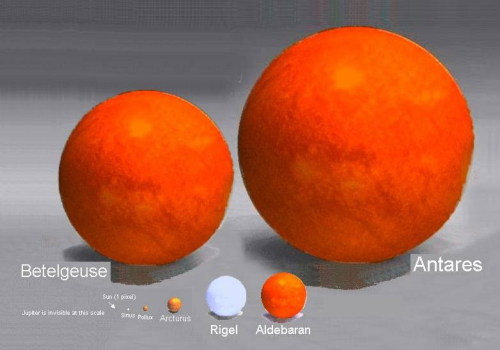


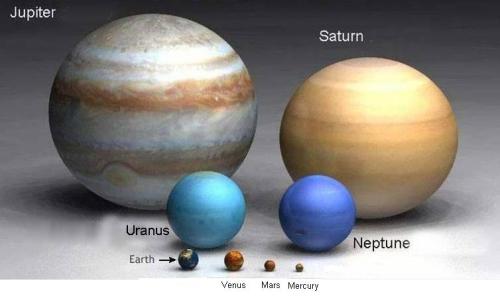
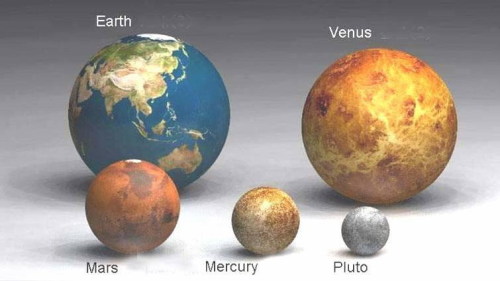
It’s Pi Day!
Pi Day, the informal holiday beloved by math enthusiasts — and even by the math averse — is here! March 14 marks the yearly celebration of the mathematical constant π (pi).

What is Pi?
Pi (3.1415….) is the ratio of circumference to diameter in a circle. Any time you want to find out the distance around a circle when you have the distance across it, you will need this formula.
Despite its frequent appearance in math and science, you can’t write pi as a simple fraction or calculate it by dividing two integers. For this reason, pi is said to be “irrational.” Pi’s digits extend infinitely and without any pattern, adding to its intrigue and mystery.
How Do We Use Pi at NASA?

Measurements: Pi can be used to make measurements – like perimeter, area and volume.
For example, sometimes we use lasers to explode ice samples and study their composition. In this scenario, we can uses pi to calculate the width of the laser beam, which in turn can be used to calculate the amount of energy, or fluence, that hits the ice sample. A larger fluence equals a bigger explosion in the ice.

Commanding Rovers: Pi is also used every day commanding rovers on the Red Planet. Everything from taking images, turning the wheels, driving around, operating the robotic arm and even talking to Earth!
Make sure to follow us on Tumblr for your regular dose of space: http://nasa.tumblr.com
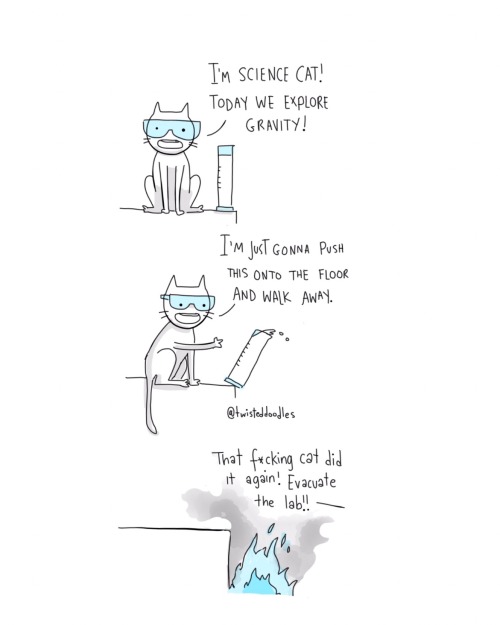
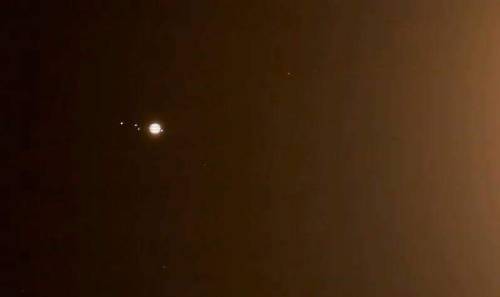
Telescope view of Jupiter and the 4 Galilean moons: Io, Europa, Ganymede, & Callisto.



-
 hallucinatingbaby reblogged this · 5 years ago
hallucinatingbaby reblogged this · 5 years ago -
 what-is-going-on-even reblogged this · 7 years ago
what-is-going-on-even reblogged this · 7 years ago -
 mosellegreen reblogged this · 7 years ago
mosellegreen reblogged this · 7 years ago -
 mosellegreen liked this · 7 years ago
mosellegreen liked this · 7 years ago -
 pottypixi liked this · 7 years ago
pottypixi liked this · 7 years ago -
 trystanmichaels reblogged this · 8 years ago
trystanmichaels reblogged this · 8 years ago -
 bunchofweirdos liked this · 9 years ago
bunchofweirdos liked this · 9 years ago -
 slipisapfelkuchen reblogged this · 9 years ago
slipisapfelkuchen reblogged this · 9 years ago -
 yumelein reblogged this · 9 years ago
yumelein reblogged this · 9 years ago -
 alterbeing liked this · 9 years ago
alterbeing liked this · 9 years ago -
 kusick reblogged this · 9 years ago
kusick reblogged this · 9 years ago -
 firstthingsfirstimanartist liked this · 9 years ago
firstthingsfirstimanartist liked this · 9 years ago -
 nikkou90 reblogged this · 9 years ago
nikkou90 reblogged this · 9 years ago -
 twittahpaited reblogged this · 9 years ago
twittahpaited reblogged this · 9 years ago -
 twittahpaited liked this · 9 years ago
twittahpaited liked this · 9 years ago -
 posttentiousss reblogged this · 9 years ago
posttentiousss reblogged this · 9 years ago -
 posttentiousss liked this · 9 years ago
posttentiousss liked this · 9 years ago -
 thisisnojay liked this · 9 years ago
thisisnojay liked this · 9 years ago -
 kadtcobain reblogged this · 9 years ago
kadtcobain reblogged this · 9 years ago -
 cheap-bliss reblogged this · 9 years ago
cheap-bliss reblogged this · 9 years ago -
 cheap-bliss liked this · 9 years ago
cheap-bliss liked this · 9 years ago -
 thingsidratherforget reblogged this · 9 years ago
thingsidratherforget reblogged this · 9 years ago -
 thingsidratherforget liked this · 9 years ago
thingsidratherforget liked this · 9 years ago -
 donkyshoott-blog liked this · 9 years ago
donkyshoott-blog liked this · 9 years ago -
 mad-numb-blog liked this · 9 years ago
mad-numb-blog liked this · 9 years ago -
 adrilunkes21 reblogged this · 9 years ago
adrilunkes21 reblogged this · 9 years ago -
 adrilunkes21 liked this · 9 years ago
adrilunkes21 liked this · 9 years ago -
 herdurlerber reblogged this · 9 years ago
herdurlerber reblogged this · 9 years ago -
 catmandoofy liked this · 9 years ago
catmandoofy liked this · 9 years ago -
 lugnut202 reblogged this · 9 years ago
lugnut202 reblogged this · 9 years ago -
 lugnut202 liked this · 9 years ago
lugnut202 liked this · 9 years ago
Just a socially awkward college student with an interest in the celestial bodies in our universe.
279 posts